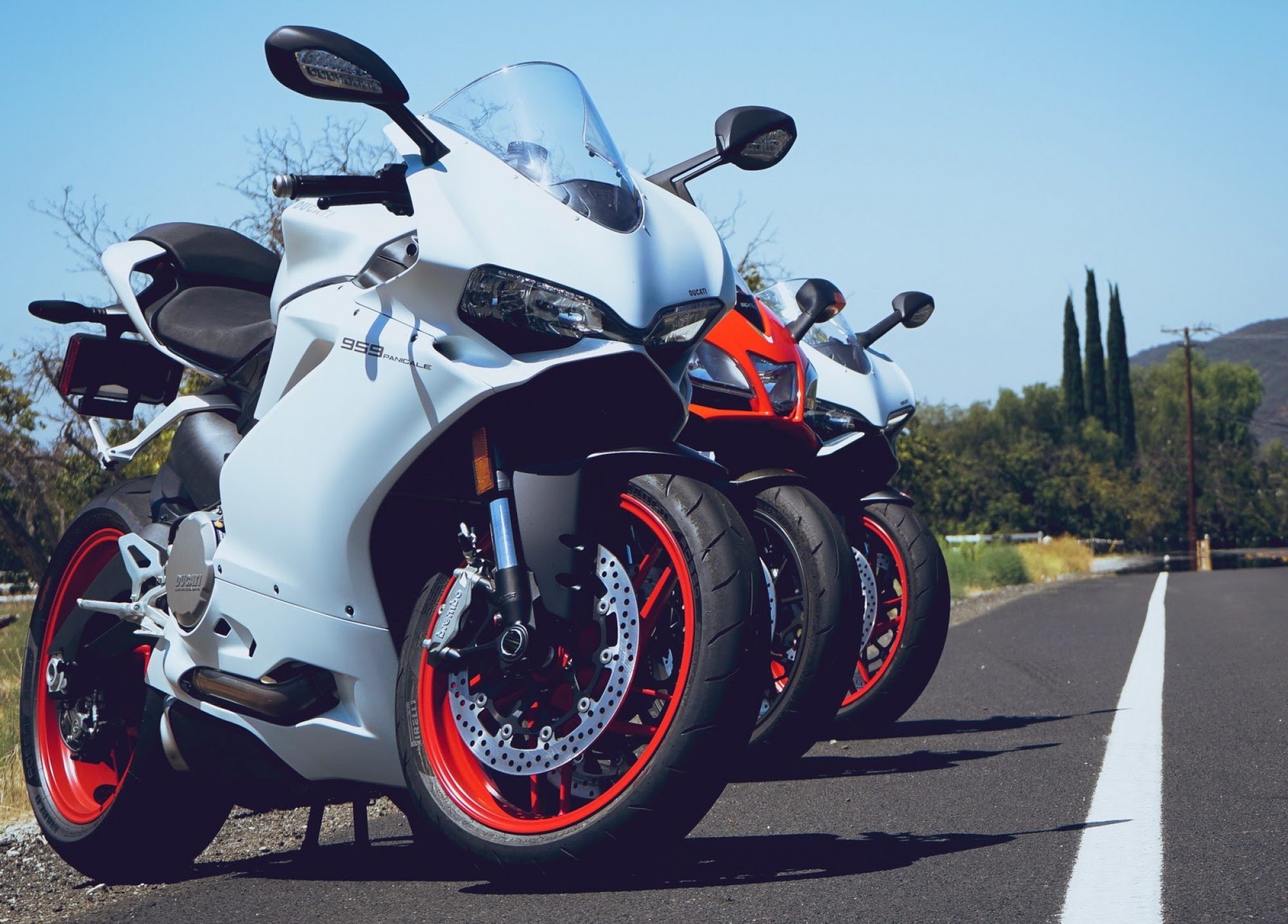Here’s a short list of safety tips that will help you avoid some of the more common mistakes that give all new motorcycle riders trouble. This is definitely not a substitute for a training course, just some of my observations. Most of this is covered in the MSF Basic RiderCourse.
Ride like you’re invisible.
Attitude plays a huge role in rider safety. Many riders forget how hard it is for drivers to see them and are easily angered when someone moves into “their” space. Riding a motorcycle on the streets requires a very different strategy than driving a car. Play it safe, assume you aren’t seen at all, and position yourself on the road accordingly.
Avoid riding next to cars and in drivers’ blind spots.
Motorcycles are harder for drivers to notice in general, so never ride in a driver’s blind spot or next to a car if possible. Nick Ienatcsh, author of Sport Riding Techniques, calls the area adjacent to a car the “death spot.”
Check your bike before you ride it.
A few things for you to look over before riding:
- Brakes
- Turn signals, brake light
- No leaks
- Chain or belt is in good condition
- Tire pressure
- Tire tread
Learn to let go of the throttle.
Many new riders get mixed up when trying to remember what the controls do. It’s not uncommon to see riders freeze in a tense situation and forget that they can simply let go of the throttle to slow down.
Look where you want to go.
Always keep your eyes looking as far up the road as possible, with very quick glances to the upcoming pavement to check the road for bumps or debris. If you get into trouble and need to swerve or ride around something, look where you want to go and not at the thing you’re trying to avoid. If you can keep your focus on where you want your bike to go, somehow your body will probably manage to steer in that direction.
Follow at a safe distance.
It’s the same lecture you got in driver’s education but it’s even more important when riding a motorcycle. It’s harder to stop a motorcycle quickly, not to mention the lack of anti-lock brakes, airbags and five feet of front-end to protect you. Two seconds is the minimum distance you should be following at; even more at the beginning.
Watch for big speed differences between lanes.
If you’re moving at 45 MPH while the lane next to you is crawling at 10 MPH, be extremely cautious. Since motorcycles are harder for drivers to see, you’re more likely to be hit by a motorist trying to pull into the faster lane. This is especially common while riding in a carpool or HOV lane. Many motorcycle riders have been taken out by drivers illegally crossing double-yellow lines to get into the carpool lane.
Wear ear plugs.
Besides saving your hearing, they will calm your nerves and increase your confidence. Wind noise can make any rider nervous and distracted; wearing ear plugs brings the noise level down so significantly that it allows you to concentrate better on your riding.
Wear a full face helmet.
Some riders feel like they aren’t cool if they wear full-face helmets, but ask anyone who wears a half-helmet how many times they’ve been smacked in the face by debris, rocks, big bugs, water or other highway hazards. Full-face helmets have shatter-proof mylar face shields and can also save your jaw in an accident, a part of your body that becomes very vulnerable if you’re knocked off your bike.
Keep yourself hydrated.
Being exposed to the wind, even with a helmet on, will dehydrate you faster than normal. Be sure to take regular breaks and drink plenty of fluids.
